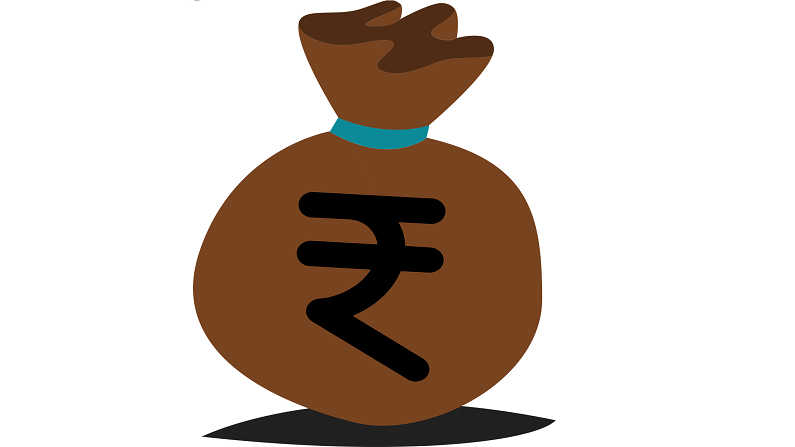Jan-Dhan: 17 lakh beneficiaries added in June
Though the number of beneficiaries went up, the total balance in the accounts fell by Rs 1,575 crore during the month
- Avijit Ghosal
- Last Updated : July 12, 2021, 10:41 IST

There was a total outflow of Rs 1,575 crore from the total deposit of Jan-Dhan accounts though as many as 17 lakh new beneficiaries were enrolled in the month of June, the month in which restrictions began easing and economic activity began picking up.
There was also a decline in the share of beneficiaries who were issued debit cards that equip them to utilise ATMs and make online payments and purchases.
Rs 1.44 lakh crore
According to government data the cumulative deposit in Jan-Dhan accounts stood at Rs 144,156.46 crore at the end of June.
This was Rs 1,575 or 1.09% down from the outstanding amount at the end of May.
42.59 crore beneficiaries
The total number of beneficiaries of the financial inclusion programme of the Union government stood at 42.59 crore, which is 0.40% more than the number of beneficiaries at the end of May which was 42.42 crore.
Therefore, on an average 56,666 beneficiaries were enrolled every day during June.
66.54% rural
At the end of June, 28.34 crore beneficiaries or 66.54% of the beneficiaries were enlisted in rural and semi-urban branches of different banks. The rest 14.24 crore beneficiaries were in urban areas and opened the accounts in urban branches.
Of the 42.59 crore beneficiaries as many as 33.67 crore, or 79.06%, were registered with public sector banks at the end of June. It was a marginal dip from 79.11% who had opened accounts with PSU banks at the end of May.
Private sector banks 2.95%
The rest were split between regional rural banks (7.65 crore or 17.98%) and private sector banks (1.25 crore or 2.95%).
Steady drop in debit cards
There was a decline in the number of Jan-Dhan beneficiaries who were issued debit cards.
The number of debit cards issued stood at 310,965,964 crore at the end of June. On the other hand, the total number of beneficiaries was 425,876,394. Accordingly, 73.01% of the beneficiaries were issued debit card.
In the end of May, this share was 73.07%.
At the end of March, on an average, 73.22% of the beneficiaries had debit cards. It dipped to 73.17% at the end of April.
Among the states and union territories, there is a wide disparity in the share of the Jan-Dhan beneficiaries who have debit cards.
At the end of FY21 about 90% of the beneficiaries of Jan-Dhan accounts in Ladakh had debit cards while only 35.14% had it in Manipur. At the bottom of the states was Mizoram where only 35.14% accounts holders were given a debit card.
Since August 2014
Launched in August 2014 for those at the bottom of the financial pyramid, the Pradhan Mantri Jan Dhan accounts was a quantum leap in the direction of financial inclusion. From an account for every family, the new target is opening a bank account for each adult.
These accounts can be opened in public sector banks, regional rural banks, and private sector banks.
One of the most important immediate collateral benefits was the establishment of a system where direct cash transfers reached the intended targets without any leakage.
Download Money9 App for the latest updates on Personal Finance.
Related
- ICICI बैंक को 49.11 करोड़ रुपये के टैक्स डिमांड का मिला नोटिस
- बैंक कर्ज वृद्धि धीमी पड़कर 4.9 प्रतिशत पर: आरबीआई
- PSU के लिए शेयर बाजार से हटने को स्वैच्छिक ढांचा लाएगा SEBI, एफपीआई नियम होंगे सरल
- केनरा बैंक ने सभी बचत खातों में न्यूनतम शेष पर जुर्माने को खत्म किया
- SBI ने FD पर ब्याज दर में 0.20 प्रतिशत की कटौती की
- बैंक ऑफ महाराष्ट्र ने रिटेल लोन दरों में 0.25 प्रतिशत की कटौती की

